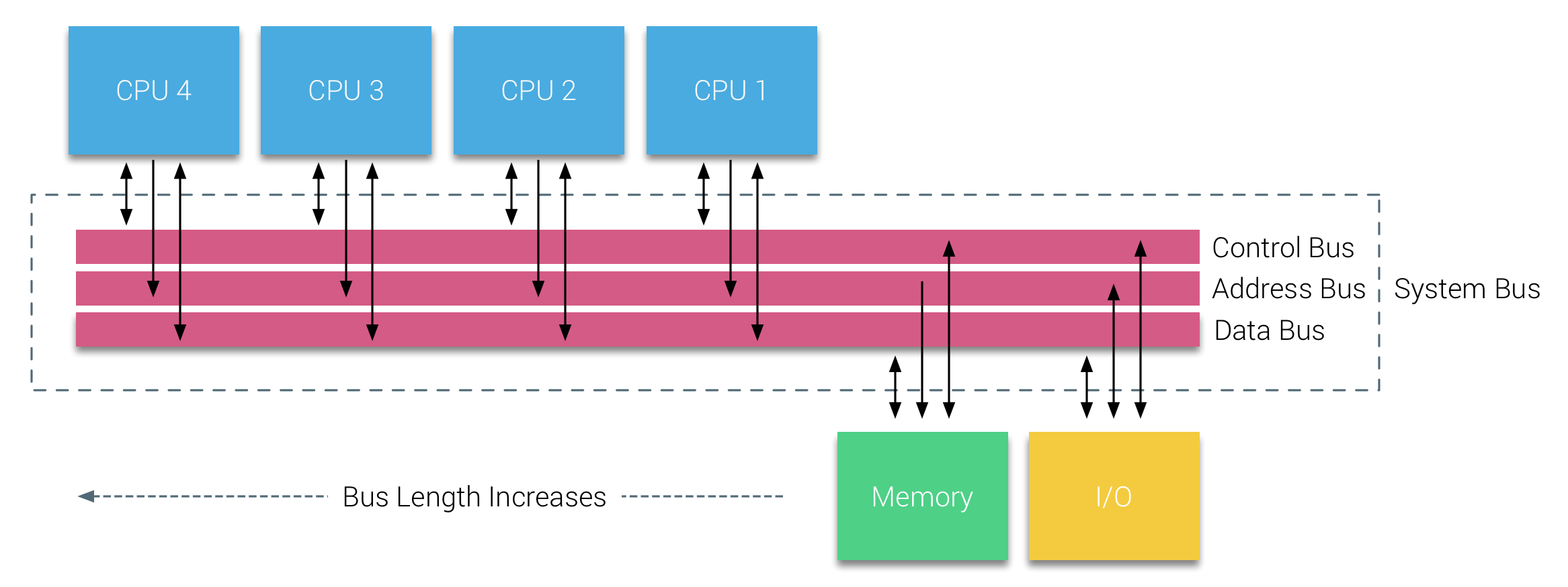distributed systems enthusiast.
-
ex-{@digitalocean,@Shopify}
- Toronto, ON
- http://individual.utoronto.ca/andrewlouis
Block or Report
Block or report andrewloux
Report abuse
Contact GitHub support about this user’s behavior. Learn more about reporting abuse.
Report abusePinned
-
-
-
kubernetes/ingress-nginx
kubernetes/ingress-nginx PublicIngress-NGINX Controller for Kubernetes
-
-
What is NUMA, and why should Kuberne...
What is NUMA, and why should Kubernetes users care? 1Historically, all memory on x86 architectures were equally accessibly by all CPUs on the system. This is an effective implementation, but there's increased bandwidth on the bus, and the more CPUs you have, the further away from the memory it is. This layout is called Uniform Memory Access.
23
45Modern x86 architectures introuduce the concept of memory nodes (also referred to elsewhere as zones or cells), where new writes are associated with a CPU's memory node. The nodes are connected by a bus, so all the memory is still accessible via any CPU, but of course, we have faster memory access time for CPUs accessing local nodes.
-
Kafka: Notes on Consuming from Multi...
Kafka: Notes on Consuming from Multiple Topics 1### How are partitions assigned in a consumer group?23This is based on the [partition assignment strategy]() configuration, an important note here is that this is a topic-specific configuration. It can only be used to describe the strategy used to assign partitions to a specific consumer group.
45The default strategy is called the `RangeAssignor` strategy. In this strategy, we divide the number of partitions over the number of consumer instances, and assign one by one. If the division does not result in a nice round number, the first few consumer instances are assigned more partitions.
Something went wrong, please refresh the page to try again.
If the problem persists, check the GitHub status page or contact support.
If the problem persists, check the GitHub status page or contact support.





